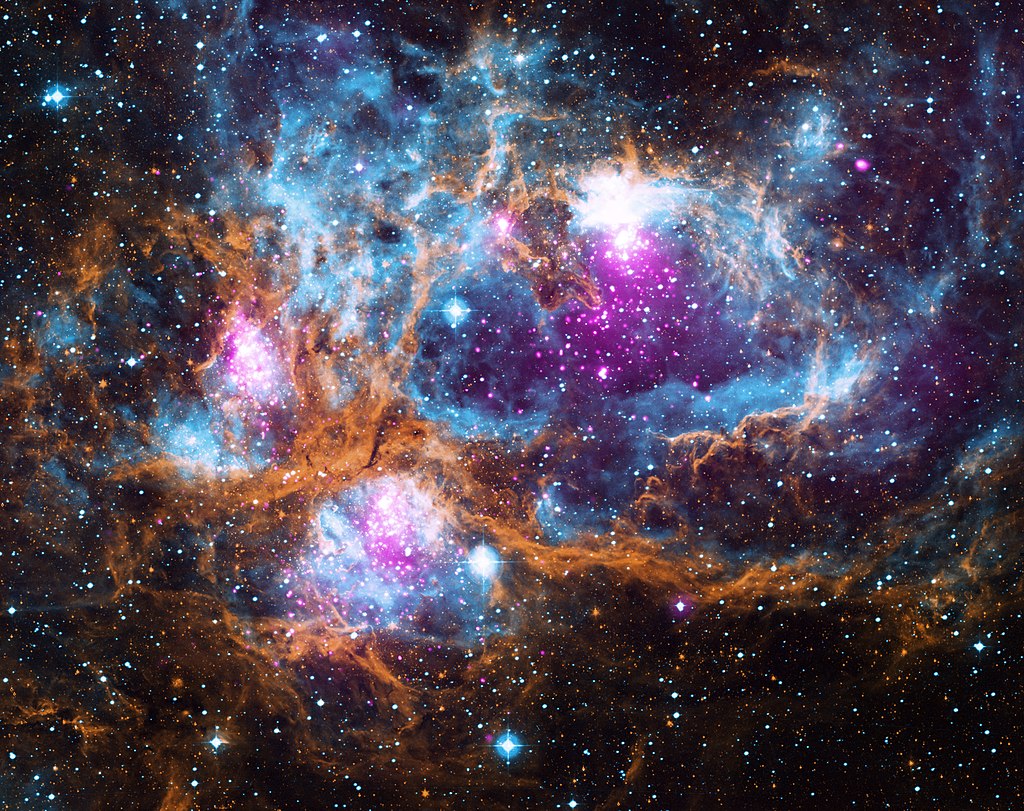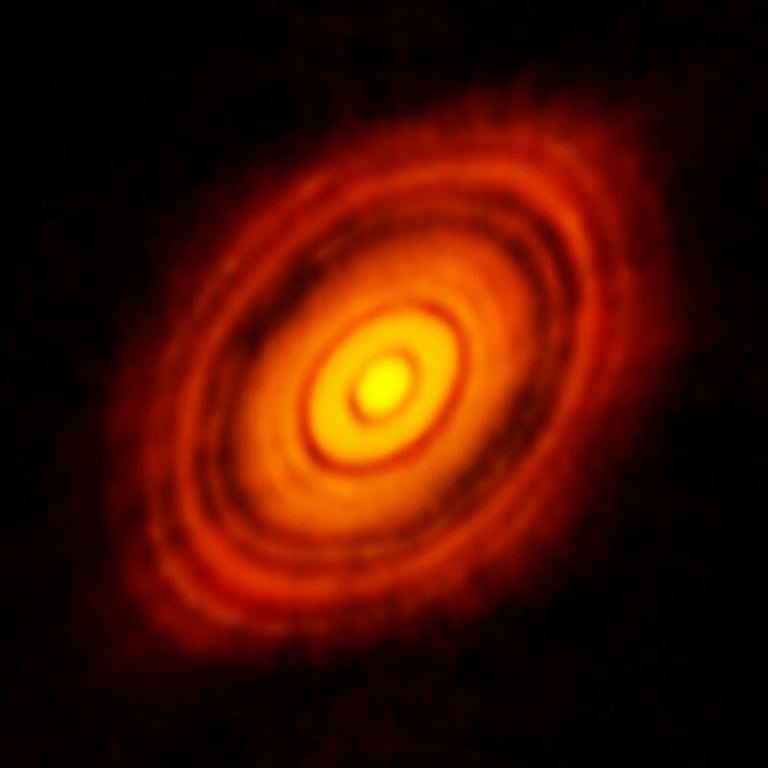Protoplanetary Disks in a Nearby Star Cluster Unveiled by the James Webb Space Telescope
Stargazers hold a special fondness for the Orion Nebula, and it’s certainly a personal favorite of mine. This expansive stellar nebula serves as the birthplace for hot, young stars. While visually through a telescope, it presents as a captivating grey/green haze, the true magnificence of these star-forming regions is revealed through cameras. Our own Sun was once part of a similar celestial object, motivating astronomers to delve into the mysteries of these phenomena for decades. A recent paper shares findings from an exhaustive study conducted by the James Webb Space Telescope (JWST), focusing on planet-forming disks surrounding stars within the Lobster Nebula.

The notion that a stellar nebula undergoes collapse to give rise to a star traces back to the early 1900s, credited to English astronomer James Jeans. Over time, we have developed a comprehensive model not only outlining the birth of stars but also detailing their evolution and eventual demise. This model elucidates that hot, young stars are often accompanied by disks comprised of material from the nebula, and these proto-planetary disks have the potential to collapse, leading to the formation of planets.

To comprehend every facet of planetary system formation, it is crucial to investigate them in diverse environments. Unfortunately, these systems are relatively uncommon and often challenging to observe due to dust obscuration. Many young planetary systems emerge in regions with high levels of UV radiation, particularly in massive star-forming regions like 6357.
A notable illustration of a stellar nursery is the Lobster Nebula, also known less poetically as NGC6357 in the New General Catalogue. Situated in the Scorpius constellation, this nebula is positioned 6,000 light years away – a more manageable figure compared to the staggering 57,000,000,000,000,000 km represented by the term “light year.”
Astronomers have directed the James Webb Space Telescope (JWST) toward NGC6357 to delve into its depths. The targeted region harbors numerous massive OB stars, including some of the most massive stars in the Galaxy. The team focused on 15 disks in three distinct areas, aiming to gain insights into the influence of the environment on planet formation. Specifically, they examined the ‘XUE 1’ disk, scrutinizing its inner region within 10 astronomical units (1 AU being the average distance between the Sun and the Moon). In their published paper, they detail the presence of water, carbon monoxide, hydrogen cyanide, and acetylene up to a distance of 1 astronomical unit, a feat made possible by the capabilities of JWST.
The findings disclose that water and other molecules exist in the inner regions of the disk, where terrestrial planets might take shape. Remarkably, this occurs in an environment considered one of the most extreme in the Galaxy. It highlights that the conditions conducive to terrestrial planet formation are just as likely in high-mass star-forming regions as in low-mass ones. Additionally, the team identified early dust grain growth with discernible structures that could eventually contribute to the formation of planets in systems at 0.5 million years old. This suggests that the process of planet formation may already be in progress or even completed despite the challenging and extreme conditions.
Do not forget to share your opinion with us to provide you with the best posts !




0 Comments